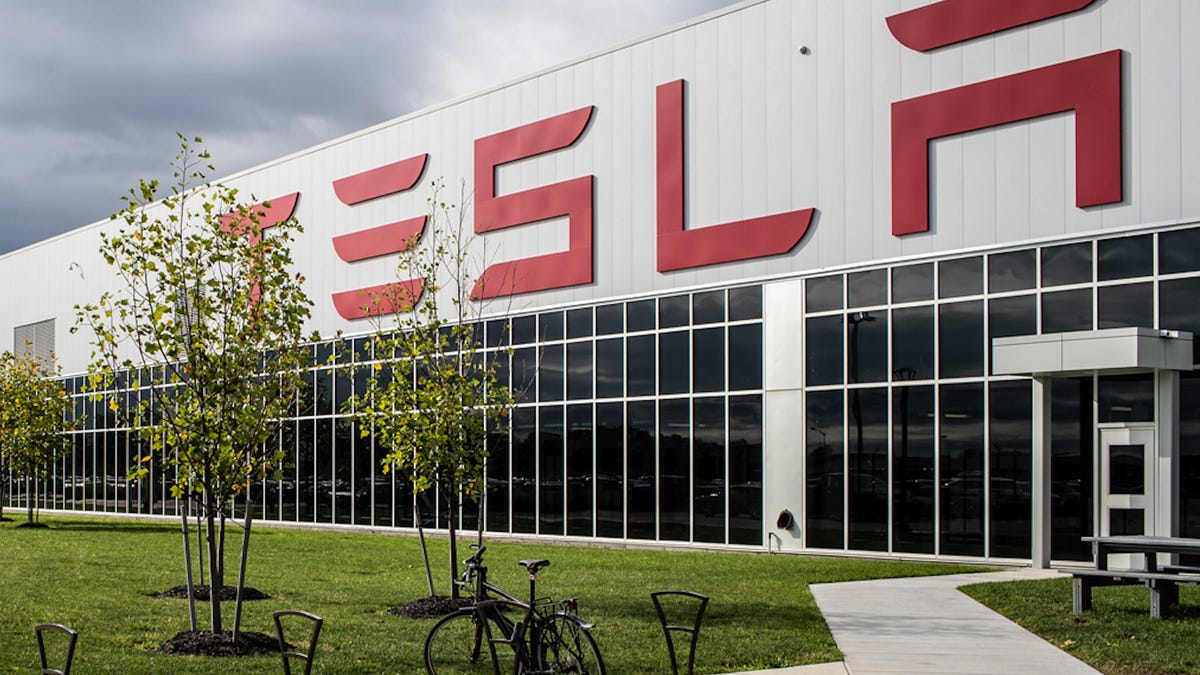New York devalues Tesla's Buffalo Gigafactory 2 by nearly $1 billion
The carmaker is still on the hook to meet employment goals and investment commitments in the state.
Whether it's a big project like a stadium or a factory, these undertakings are rarely built without some fairly serious incentives provided by the local government, and often the state in which they're constructed, too.
This was certainly the case with Tesla's Gigafactory 2 in Buffalo, New York, which was heavily incentivized by Governor Andrew Cuomo and then sat more or less idle while Tesla went through its
Model 3
production woes.
Tesla's Gigafactory 2 was a part of Governor Cuomo's plan to revitalize the manufacturing industry in upstate New York, and all told, the Empire State sunk nearly $1 billion into building and outfitting it. Now, according to a report published Thursday by the Wall Street Journal, the state is writing down the value of that factory by $884 million.
What does that mean? It essentially means that the state is saying that the value of that property and the equipment in it is now worth $884 million less than it initially believed.
Why would it do that? Well, to start, the Gigafactory isn't technically Tesla's, nor is it owned directly by the state. Instead, it's owned by a nonprofit entity called Fort Schuyler Management Corp., which is run by officials from the State University of New York Polytechnic (SUNY Poly) university and other New York state agencies.
The investment in Gigafactory 2 was only part of a larger plan that involved several other high-tech projects in other areas of upstate New York. The Fort Schuyler group has asserted that the write-downs were merely technical adjustments to the books and not to be taken at face value.
"The economic value of providing those assets comes in the form of investment and employment by Tesla, which flows to New York state -- not the corporation," said Dr. Doug Grose, president of the Fort Schuyler Corporation, in a statement.
By that, he means that when Tesla made its deal with the group -- and by extension, the state -- it agreed to meet several conditions related to employment and investment in the community. If those conditions aren't satisfied within a designated timeframe, Tesla will face penalties.
Specifically, Tesla agreed to employ 1,460 people at Gigafactory 2 by April of 2020. If that number isn't met, then Elon and co. will have to shell out $41.2 million in penalties. Beyond that, as a condition of its $1 per year for 10 years (yes, you read that right) lease on the facility, Tesla agreed to spend $5 billion on operating expenses and capital in the state.
So far, Tesla employs 730 full-time staff at Gigafactory 2 and also 43 contract workers, but has said that it plans to be able to meet its employment obligation in time to avoid the penalty. That seems likely, given the public release of the Tesla Solar Roof V3 and continued Supercharger network expansion.
What does all of this number-shuffling mean for New York state taxpayers? Well, it means that unless Tesla meets its obligations or, in the event that it doesn't, the Fort Schuyler Corp. can find another tenant for the factory - this seems unlikely given the highly specific nature of the equipment there -- then the taxpayers will be footing the bill for it all.


